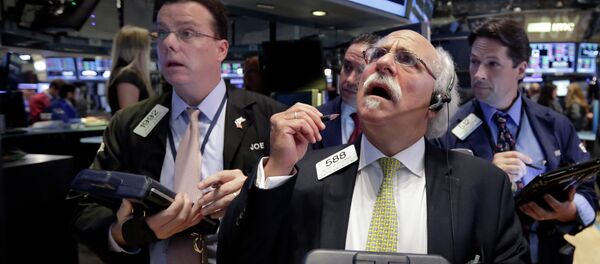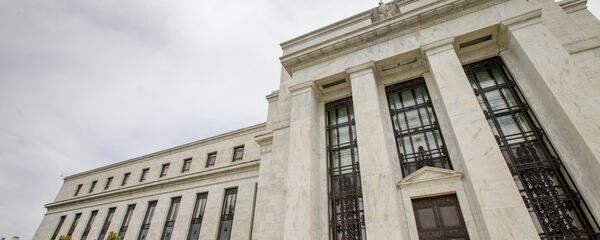Simultaneously, market dynamics in recent weeks have indicated that investors and traders are still uncertain whether an actual hike will take place or not, with Wall Street swinging between gains and losses and capital flowing relentlessly between asset categories.
In the US, futures contract traders are currently placing bets on the Fed delaying their 0.25% hike in base borrowing costs for a month — until the next Federal Open Market Committee (FOMC) meeting. However, the broader situation continues to suggest equally sensible reasons for a September hike. Meanwhile, on Wall Street, the prospect of a coming rate hike has exhausted its potential to alter assets' valuations significantly, with longer-term bets barely exposed to slight changes in US monetary policy.
Meanwhile, US inflation and consumer sentiment data arrived on Friday, disappointing the Fed hike hawks. US consumer sentiment in September, as calculated by the University of Michigan, dropped to this year's lowest point (85.7) early in the month, down slightly from last month's reading (91.9). A reading of 100 indicates neutral consumer sentiment.
The significant worsening in consumer outlook falls in line with a global contraction, which originated with the generally slowing economic expansion in emerging markets. That has made the US Fed more cautious as they are approaching their first base interest hike in nine years.
However, the actual purchasing activity of the US consumers, bolstered by job gains and increasing household incomes, grew in early September, despite murkier sentiment. The reason for a more pessimistic outlook is the widespread anticipation of the overseas anxiety hitting the US economy, which has thus far remained more or less unaffected.
Prices of imported goods dropped 1.8% in August, while the measure for final goods dropped 0.6%. Petrol prices slumped 7.7% as the summer vacation season came to an end and demand for fuels faded. Jet fuel, cereals, lightweight trucks, and iron and steel scrap have all become less expensive. Supporting the price index, trade services appreciated 0.9% as revenues of retailers inched up.
Compared to its June 2014 level, the US dollar is up 17.5% against the basket of its major peers.
The FOMC meeting is set for 16-17 September, and while the US financial markets have been turbulent ahead of the anticipated decision on borrowing costs, the mixed macro data only suggest more cautiousness, without completely ruling out a possibility of the hike. Wall Street is trading mostly lower due to the weaker macro data, however, the swings in assets' valuations have been wild, and the increased volatility trend is set to continue. The S&P 500 Index posted its best week since July this Friday, for instance. Meanwhile, Goldman Sachs is anticipating crude prices to drop to $20/bbl, which is a likelier probability should US growth lose its momentum, which in turn might be triggered by a Fed hike. There is still a 50/50 chance of a hike, although this is down from a 60% expected probability late last month, still hardly affected by the new data and market swings.





